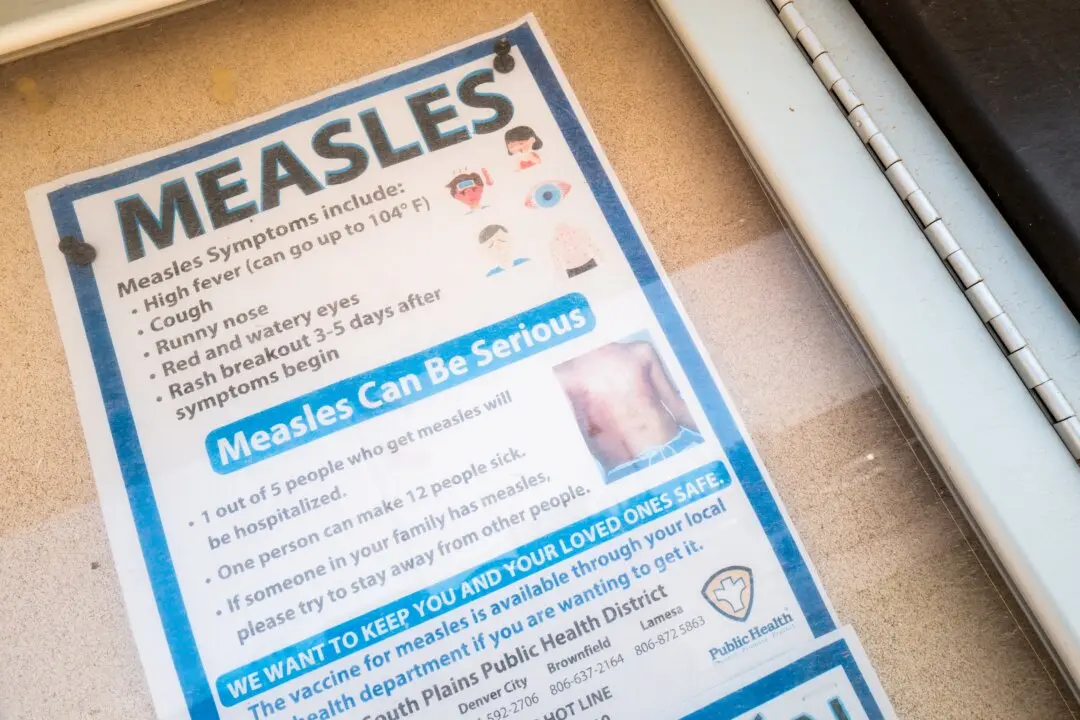Sen. Rand Paul (R-Ky.) said he’s recovered from the CCP virus and has begun volunteering at a hospital.
Paul, 57, tested positive for the CCP (Chinese Communist Party) virus, commonly known as novel coronavirus, last month and entered quarantine. He said he did not know how he became infected and would not have been tested under guidelines at the time.





